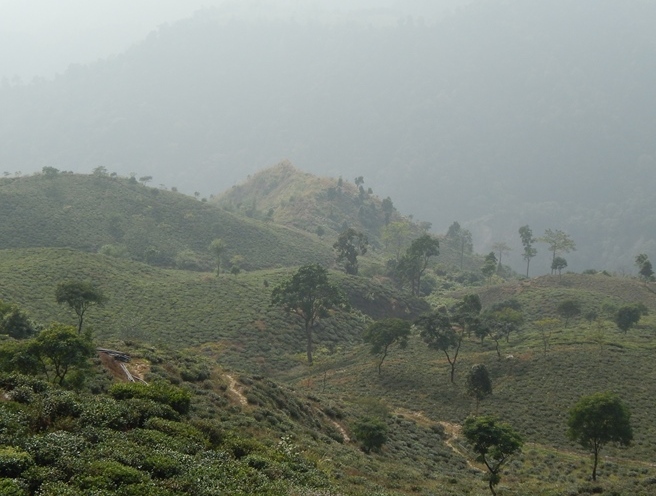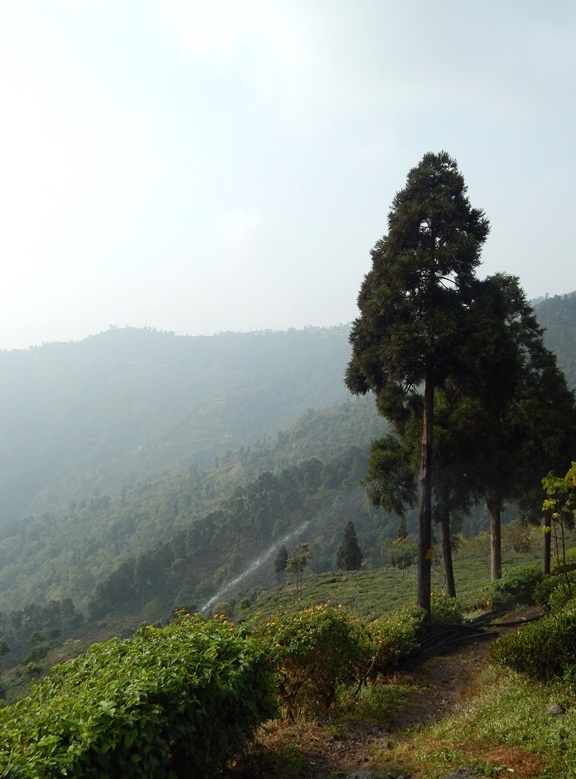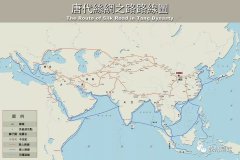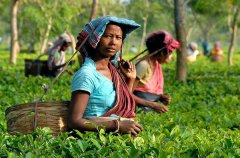Darjeeling aroma how to taste describe where to buy authentic Darjeeling black tea brand recommendation
Darjeeling black tea, commonly known as Darjeeling black tea, is one of the most famous and respected black tea varieties. It is produced in Darjeeling, India, and is located in northeastern India bordering Nepal. Darjeeling black tea is usually classified by red tide, which is the tea harvest season of the year. Darjeeling tea is produced by different tea gardens, and high-quality tea from the region is usually sold as a single manor tea, marked as from a particular manor.

Darjeeling black tea is lighter than other black teas, although there are a variety of teas from this region. For this reason, Darjeeling is usually the most popular afternoon tea in British tea culture, either alone or as a light afternoon drink. Some Darjeeling people have an aroma similar to that of musk grapes, which are sometimes used to make wine. These Darjeeling Tea and Baihao oolong tea have this quality. Baihao Oolong tea is a kind of Chinese oolong tea and is often similar to musk grape.
Unlike most black teas, Darjeeling Tea usually contains a large number of greener (less oxidized) leaves, which gives dried leaves a variety of colors. In some cases, such as some tall growth of Darjeeling for the first time, the leaves are completely green. Darjeeling Tea is brewed in a variety of colors; many Darjeeling black teas are amber, lighter than most other black teas. Some Darjeeling Tea, especially the first brewing tea that people like very much, have a lower degree of oxidation and are more like oolong tea than black tea, although these teas are different from the real Darjeeling oolong tea.
Similar to Darjeeling Tea:
Other parts of India, such as Sikkim, and nearby areas outside India, such as Nepal, produce a style similar to Darjeeling Tea. Tea from these areas is not called Darjeeling Tea, but is usually classified as the same flushing system. Together, these areas form the tea production in the Himalayas.
Darjeeling is a region of the Indian state of West Bengal, famous for producing tea. The map above shows Darjeeling's location in West Bengal (light green) (dark green). Darjeeling is most famous for black tea, but it has recently begun to produce more green and white tea, and even some oolong tea.

Darjeeling is located on the edge of the Himalayas, is a high altitude area, its tea is often described as "high growth"; altitude gives tea a unique flavor and aroma.
High altitude, coupled with seasonal precipitation, makes some of the tea here have a unique phenomenon, especially the first batch of black tea produced after the first spring rain. At this time of year, the air is still dry, due to the dry winter season, as well as the thinner upper air, which is still cool in early spring. These conditions enable the tea to dry quickly during processing, effectively prevent oxidation, and maintain the green characteristics of the leaves, as occurs in the production of green tea.
The surrounding area where Darjeeling tea is produced
Darjeeling area is very small, but it exists in a wide area where the climate is more or less similar. Tea is also grown in many of these areas, especially those directly adjacent to Darjeeling. These teas are very similar to Darjeeling Tea in overall quality. Neighboring areas of India include the Jabaiguri region in the southeast and the Sikkim region in the north. Parts of western Nepal also produce tea of similar quality. Darjeeling borders Bhutan in the east and Bangladesh in the southeast.
One problem is that fake teas are labeled from Darjeeling: because teas from this region are more expensive in the global market, similar teas from other regions (sometimes less similar teas) are mistakenly labeled "Darjeeling".
At present, there is no standard term for Darjeeling style tea. Some companies call the tea in this area Himalayan tea. Due to geographical reasons, we only classify tea as Darjeeling Tea, if they really grow in this area.
Important Notice :
前街咖啡 FrontStreet Coffee has moved to new addredd:
FrontStreet Coffee Address: 315,Donghua East Road,GuangZhou
Tel:020 38364473
- Prev

Zhengshan race can not drink high-grade black tea what is the harm of drinking Zhengshan race for a long time?
Zhengshan race black tea, Chinese Zhengshan race, is a smoked black tea. Its production process is similar to that of black tea, but it should be dried on a pine fire to give the tea a unique aroma.
- Next

Is Assam tea made in India? Introduction to the varieties and planting conditions of Assam Black Tea
Assam is a region famous for its black tea in India. As of 2008, Assam accounted for 55 per cent of India's tea production, producing only a small portion of green and white tea, a proportion even lower than in some areas that historically produced only black tea, although production of these teas has increased in recent years. Most Assam teas are produced by Assam tea varieties, compared with those from Darjeeling
Related
- Why can American refills for free? The difference between Americano and American drip pot coffee
- Being chased out of the rain in front of Starbucks?! Store: Sheltering from rain under umbrellas poses a safety hazard
- The white moonlight has changed?! Lucky launches "Big Winter Pear American"
- Hand-brewed coffee three-stage method, high-sweet and universal brewing method to share! What does the high sweet water level of hand-brewed coffee mean?
- What is the difference between raw, refined and full espresso coffee? How to extract espresso and taste good?
- A complete list of coffee bean names and their meanings! What is Yejia Shefi coffee? Where is Mantelin coffee?
- What grade does Arida Manor Kaduai coffee beans belong to? What treatment is Arida ASD slow anaerobic sun exposure?
- The milk tea cup becomes smaller?! Overlord Tea Girl launches a new "Return to Yunnan" series
- Accused of selling counterfeit and high-priced coffee beans! Well-known boutique coffee brand "Oukelao" bowed and apologized!
- How to make espresso dumplings? Can I eat coffee and glutinous rice balls together?

